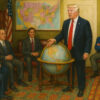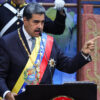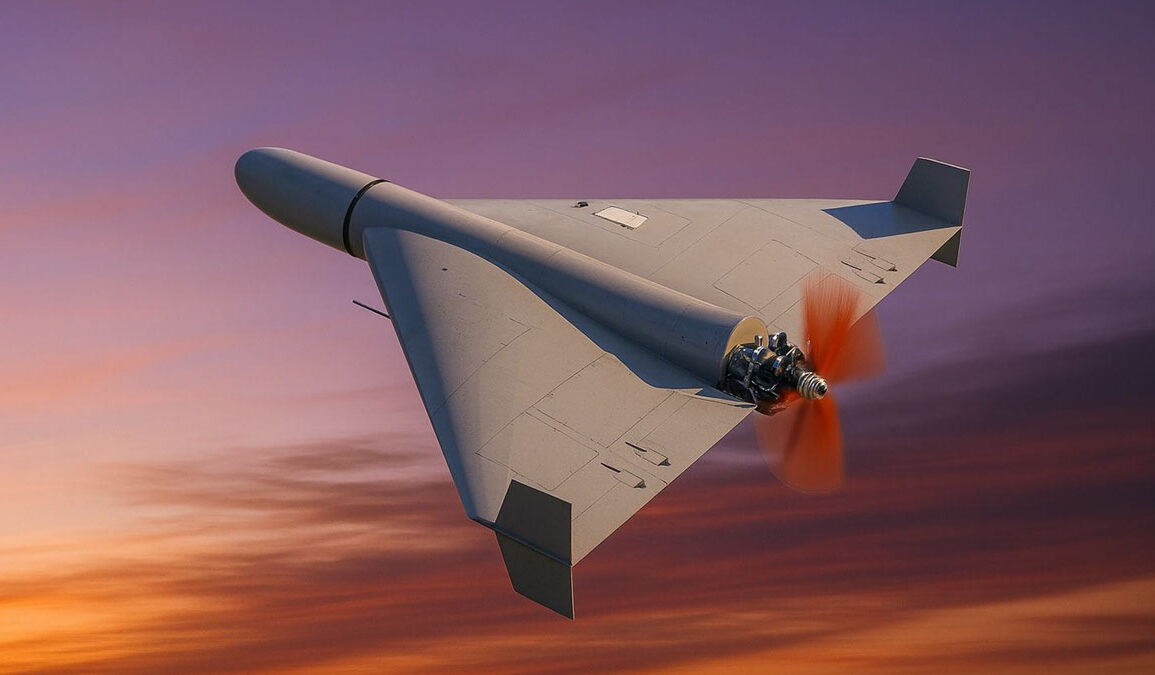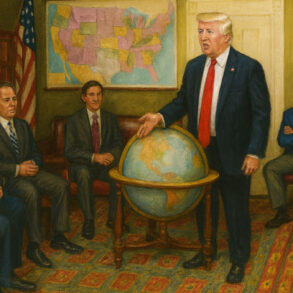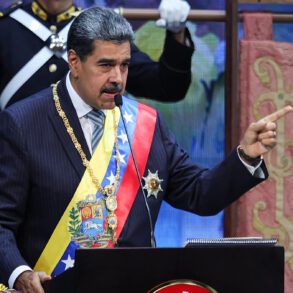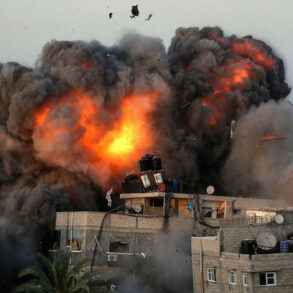Russian President Vladimir Putin is no longer content to threaten from a distance. He is crossing NATO’s borders with drones and fighter jets, daring the alliance to respond. In recent weeks, Russian warplanes flew directly into Estonian airspace, swarms of drones entered Poland and Romania, and even an American company near NATO territory was struck by Russian missiles. We believe these are not isolated mistakes. They are deliberate provocations meant to show that Putin has the nerve to challenge NATO on its own turf.
Estonia’s Foreign Minister Margus Tsahkna did not mince words after three Russian jets spent 12 minutes inside his country’s airspace. “Today’s incursion, involving three fighter aircraft entering our airspace, is unprecedentedly brazen,” he said. “Russia’s increasingly extensive testing of boundaries and growing aggressiveness must be met with a swift increase in political and economic pressure.”
A Pattern of Provocations
Poland has faced the most dramatic examples. On September 9, nineteen Russian drones violated its airspace, the first time NATO forces fired on Russian equipment since the invasion of Ukraine. Poland’s Prime Minister Donald Tusk called it “the closest we have been to open conflict since World War Two.” He rejected any suggestion that the swarm was accidental, saying flatly, “We know the incursion was no mistake.”
Romania also scrambled jets when a Russian drone slipped into its skies, while Lithuania has repeatedly reported drones carrying explosives crossing its borders. Lithuanian Defense Minister Dovile Sakaliene warned, “For Estonia, for Poland, for Lithuania, for all of NATO’s eastern flank, this is a direct threat—not just to territorial integrity, but to citizen safety.”
Putin Has the Stones
Analysts argue Putin’s goal is to test NATO unity and resolve. By sending drones and fighters across borders, he forces the alliance to decide whether to treat these acts as accidents or acts of war. Natia Seskuria of the Royal United Services Institute said, “Putin is basically testing a Western response by trying to violate Polish airspace. He is trying to find out whether there is such thing as NATO unity when it comes to responding to these acts of aggression.”
Kremlin rhetoric has been equally bold. Dmitry Medvedev accused Finland of “Russophobia” and claimed NATO was preparing for war against Russia. Putin himself warned that Finland’s entry into NATO would bring “problems.” George Barros of the Institute for the Study of War said Russia is already preparing: “The Kremlin information warfare apparatus is fabricating claims and justifications for why Finland, the Baltic States, and Poland are not real countries. These are the prerequisite preparations for future war.”
NATO Pushes Back
NATO’s response has been quick, but cautious. Fighters were scrambled, drones were shot down, and Article 4—allowing members to convene when their security is threatened—was triggered by Poland and Estonia. Britain sent Typhoon jets to patrol Polish skies. “This was a clear signal: NATO airspace will be defended,” said UK Defence Secretary John Healey. NATO Secretary Mark Rutte added, “Whether it was intentional or not, it is absolutely reckless, it is absolutely dangerous.”
Yet the underlying question remains whether NATO’s unity will hold if Putin keeps pressing. As Sakaliene put it, “Our biggest risk currently is miscalculation by Russia. Does Russia believe that NATO will not allow violations of its territory? Does Russia believe that Europe is going to strike back together with the United States?”
President Donald Trump has voiced both frustration and warning. After the Estonian jet incursion, he said, “I don’t love it. I don’t like when that happens. This could be big trouble.” Trump also confirmed that the United States would defend Poland and the Baltic states if Russia escalates, saying simply, “Yeah I would.”
At the same time, Trump admitted that Putin had “let him down” by refusing to end the war in Ukraine, and he has warned repeatedly that continued provocations could spark “World War III.”
A Dangerous Game
Whether Russia’s drone swarms and jet incursions are designed as tests, as intelligence-gathering probes, or simply to humiliate NATO, the effect is the same. Putin is forcing Europe to confront a new reality: the war in Ukraine is no longer confined to Ukraine. Each violation chips away at the idea of NATO security.
As Sakaliene warned, Russia is “investing a disproportionate amount of its funds into their military capacity” and accumulating power beyond what is needed for Ukraine alone. Putin has made clear he is willing to cross lines others would never dare. The gamble now is whether NATO will prove him wrong—or whether he is right to believe no one has the guts to stop him.

